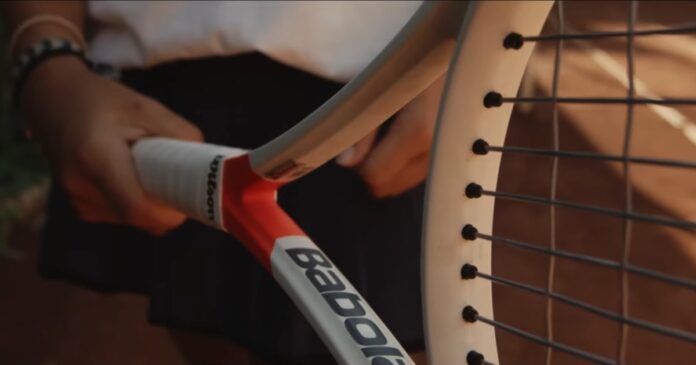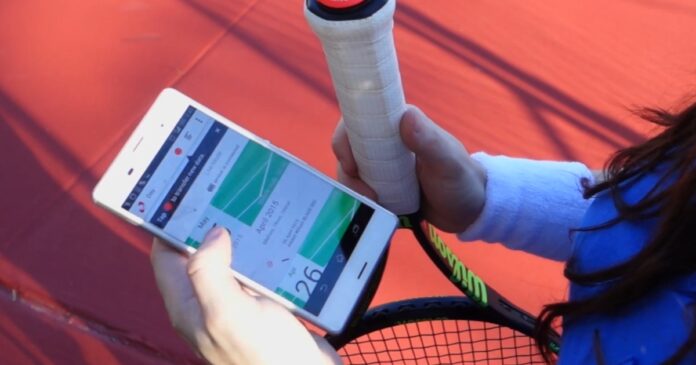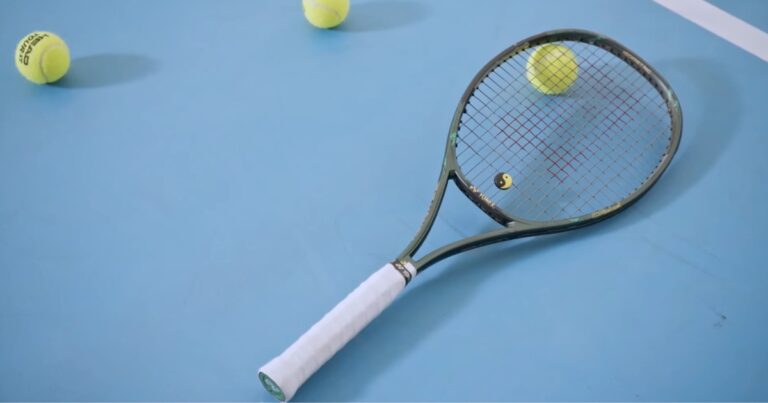Are you a big fan of tennis? If so, do you know a lot about its history, impact, and how it changed throughout the years? Tennis is a very old sport that has seen significant equipment advancements over the years. Wimbledon, the oldest tennis competition, was founded in 1877, and the Australian Open was held for the first time in 1905.
Thanks to the use of advanced innovation, tennis rackets have changed dramatically since these early tournaments, allowing players around the world to achieve new and impressive milestones. Here are some fun facts that may intrigue you.
As technology continues to revolutionize tennis, stay updated with the latest industry trends by visiting Focus Gaming News, a premier source for gaming news.
Did You Know that Early Tennis Racquets Were Made Out Of Wood?
In the past, wood was the primary material used to produce tennis racquets, as options were quite limited. These wooden racquets were simple in construction, with a grip and a circular frame strung with natural gut strings. The frames, which were often made of maple or ash wood, provided a solid yet adjustable framework. The natural gut strings provided players with equal parts control and power, allowing them to hit with precision.
However, there were a few downsides to these wooden racquets. They weighed between 400 and 500 grams, making them difficult to move quickly. Because the sweet spot was fairly small players had to have highly accurate time, knowledge, and precision to play. Despite these disadvantages, wooden racquets remained the norm for many years. Nowadays, they weigh anywhere from 200-300 grams.
The Impact of Different Tournaments

The Grand Slam tournaments—Australian Open, French Open, Wimbledon, and the US Open—stand as tennis’s pinnacle events, featuring the world’s top players and captivating millions of fans globally. They are loved in the media, and their tickets sell like crazy for insane rates.
Each tournament holds unique characteristics and traditions, adding to the sport’s allure. It wouldn’t make sense for top stars and players such as Djokovic and Nadal to arrive wearing old-school gear, right?
Tennis equipment has witnessed a remarkable evolution from wooden rackets and white balls to modern graphite frames and high-performance balls, driven by technological advancements that enhance players’ power, spin, and control. In the contemporary tennis landscape, technology plays a vital role.
Hawkeye
Introduced in 2002, Hawkeye technology marked its professional tennis debut at The Championships, Wimbledon. This electronic system tracks the trajectory of the ball, significantly improving the accuracy of line calls on the court. Smart technology should not feel out of place on a modern tennis court, which is why everything must be in order.
Tennis has been using video-assisted officiating for nearly a decade, while football is just getting started. Hawk-Eye is a high-precision ball-tracking camera system that can follow a ball’s trajectory to the closest millimeter, allowing tennis players to get accurate results and answers to their questions. Being the dependable technology that serves as the umpire’s official eye removes any lingering doubt about any contested verdicts.
IBM Tech
IBM, the American computing giant that has powered Wimbledon for nearly two decades, is responsible for technological advances that are well beyond our comprehension. Its PointStream system, which launched in 2008 alongside the SlamTracker, has transformed the sport. The web dashboard displays data and statistics for each live, point-by-point match.
IBM evaluated 41 million bits of tennis data from eight Grand Slams in 2012 to provide an analytic evaluation of players and what they need to do to improve their game. Momentum, developed by IBM the same year, brought match scores and statistics to life.
The information is put into a momentum meter, which identifies which players currently have a statistical advantage.
Wearable Tech

Turing Sense introduces PIVOT, a smart wearable with sensors on shoulders, wrists, elbows, hips, and knees for instant feedback, aiding swing improvement and injury prevention. The Babolat POP, compatible with Android and Apple, tracks power, spin, and rally length on the racquet hand.
As per the American College of Sports Medicine, tennis fitness trends include wearable tech and apps for players of all levels. Technology’s rapid evolution promises to push tennis boundaries in the future, so who wouldn’t want to give it a go?
Smart Rackets
As a result of technology improvements, “smart” tennis rackets have arisen. Sensors in these rackets provide players with statistics on their performance, including ball speed, spin rate, and shot placement. This knowledge can be highly beneficial to athletes looking to improve their technique and game. This allows players to understand their options, speed, performance, as well as overall strength.
The truth is that modern rackets, with their lightweight construction and aerodynamic form, have significantly boosted the power and tempo of the game. Increased racket head speed results in faster serves and groundstrokes, leading to a far more thrilling tempo.
Fan Engagement
Outside the confines of the court, technology has significantly expanded tennis’s accessibility to a worldwide audience. Social media platforms, live streaming, and virtual reality experiences bridge the gap for fans, overcoming geographical limitations.
Let’s not forget that fans love to do a bit of their diffing, making the facts about their favorite players seen and heard. The incorporation of real-time data analytics and player statistics enriches the fan experience by offering deeper insights into the intricacies of the game + this allows some fans and gambling lovers to make a bet on their favorite player.
Smart Technology at Its Finest

Tennis training has embraced virtual reality (VR), with players now utilizing VR simulations to refine their skills and strategic approaches within a virtual tennis setting. This technology immerses players in diverse court scenarios, elevating decision-making skills and overall performance. It is a new system that is interesting and worth the mention.
Furthermore, smart technology has entered the realm of tennis balls. Equipped with sensors, these smart tennis balls deliver detailed insights into spin, speed, and impact force. This data provides a comprehensive understanding of a player’s strengths and areas for enhancement, facilitating targeted and effective training sessions.
So, how do you feel about all of these facts? Tennis has a bright future ahead, and we can’t wait to see what other kinds of advanced technologies will happen.
Related:
- 20 Best Tennis Shoes 2024 - Stylish and Athletic
- Top 19 Best Tennis Bags 2024 [Unbiased Reviews]
- 18 Best Tennis Racquets 2024 - Exclusive Reviews &…
- 15 Best Tennis Balls 2024 - USTA and ITF Approved
- 15 Best Tennis Racquet for Beginners & Intermediate…
- 10 Best Tennis Ball Machine 2024 - Perfect for Solo Players











